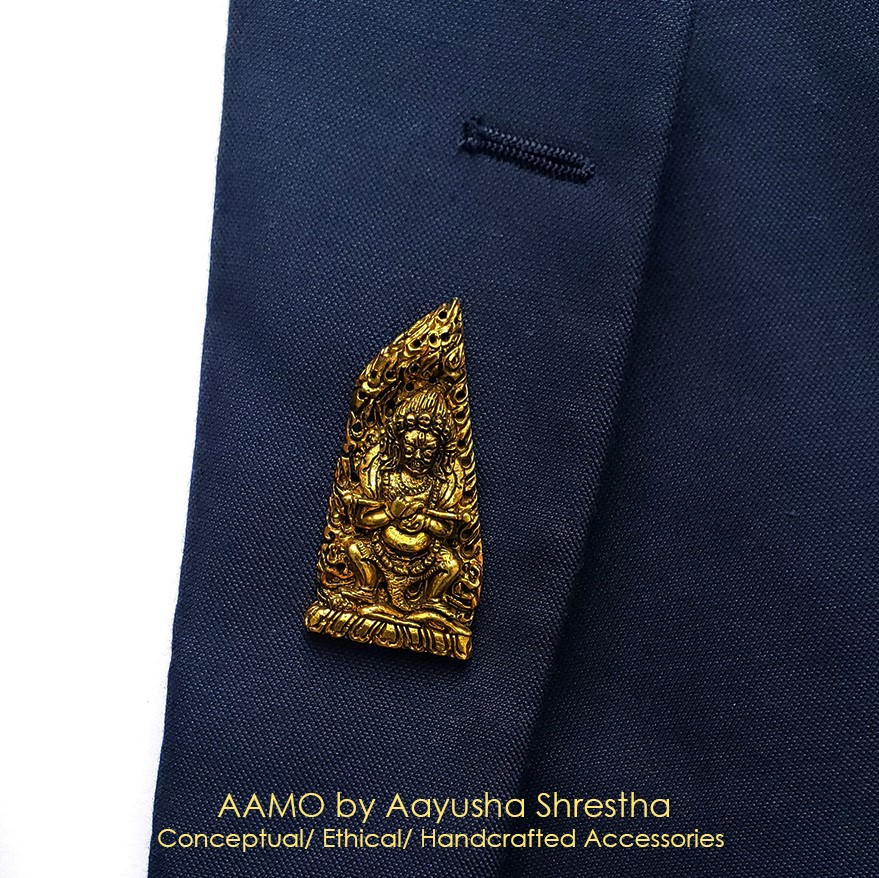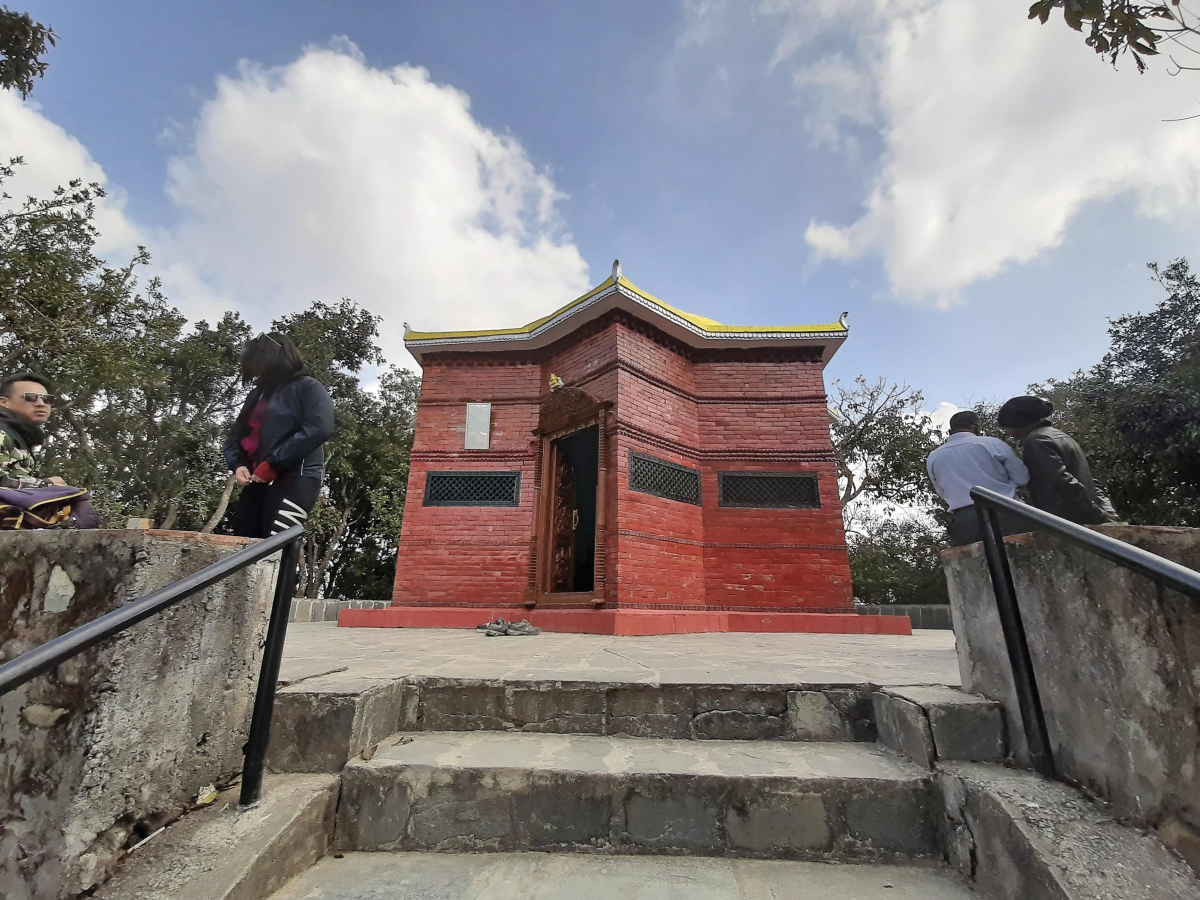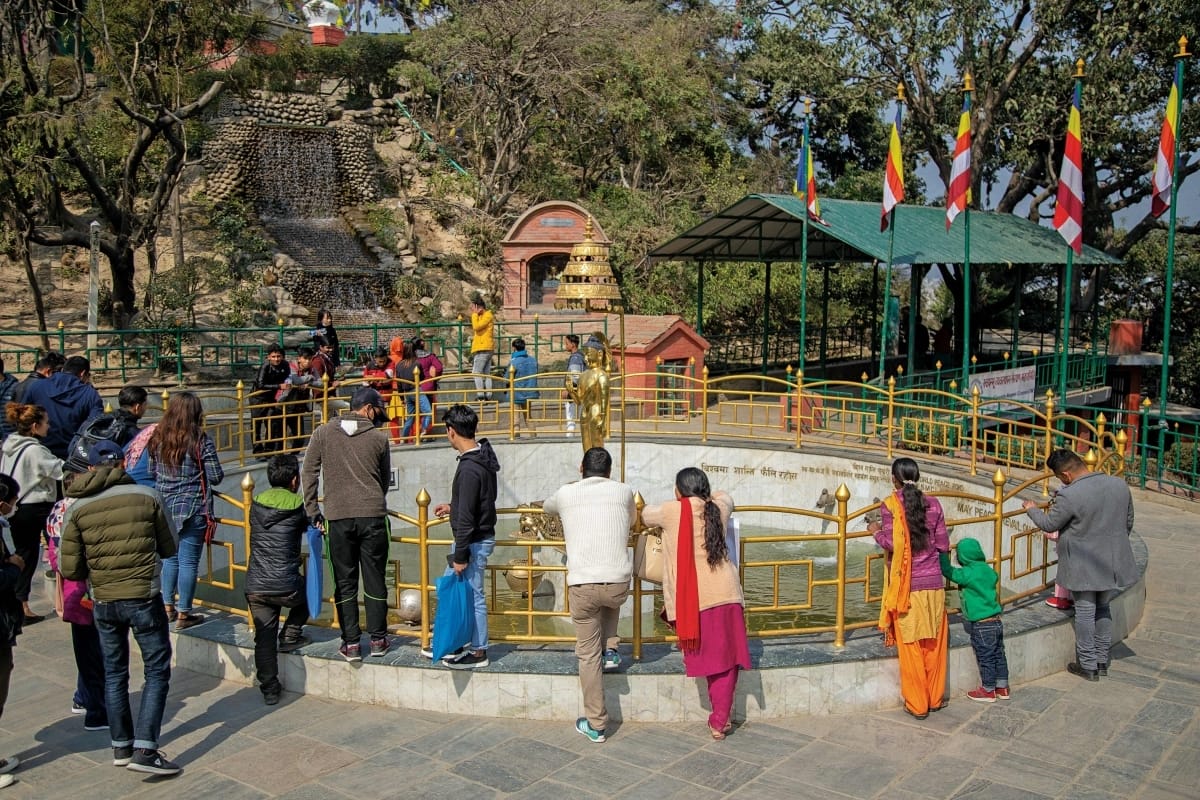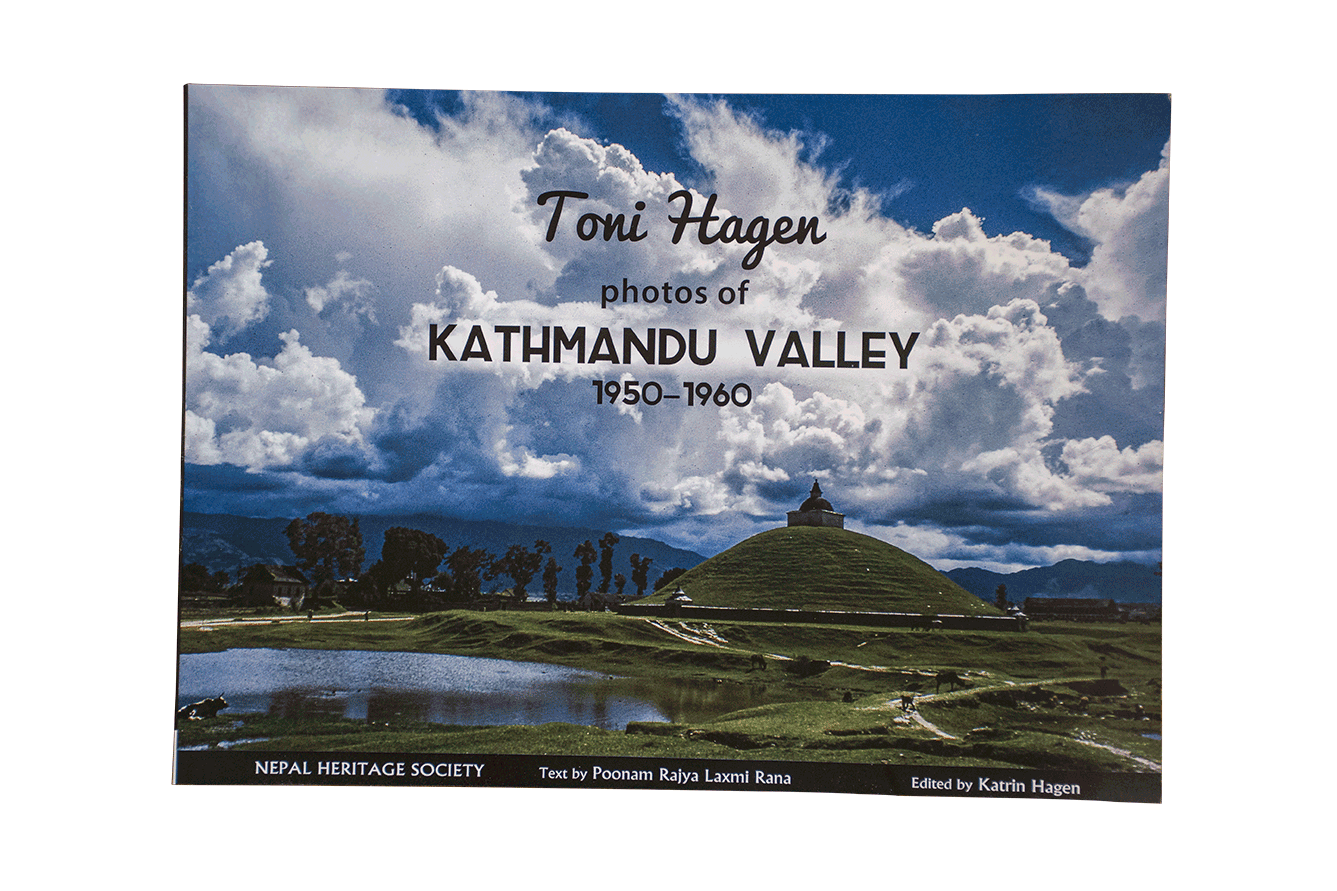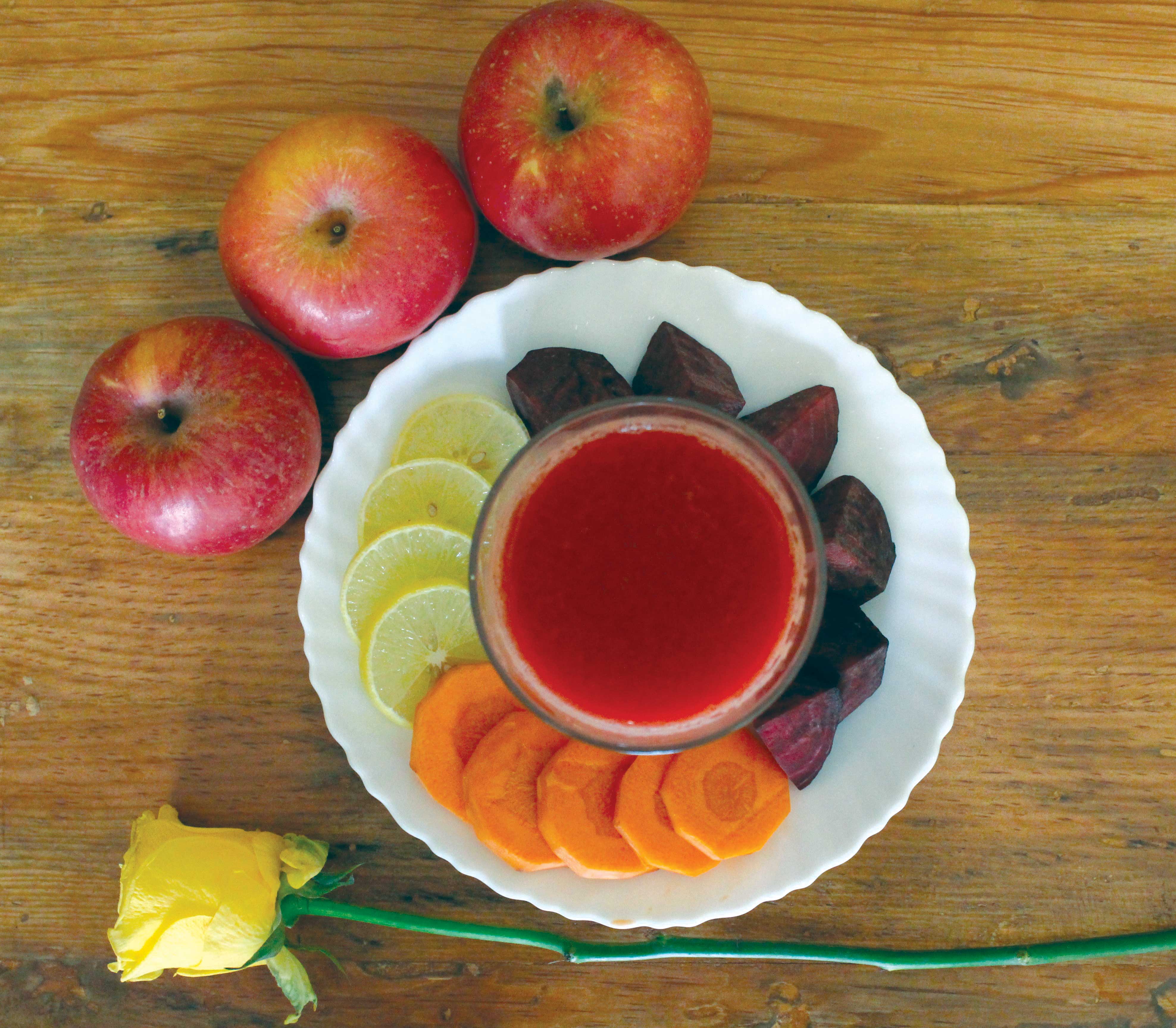Streets of Silver, Streets of Gold by John Child is a superb guide to the streets, alleys, byways, temples, palaces and bazaars of Kathmandu Valley’s three great cities. This book is a “must read” for resident expatriates, tourists and curious Nepalese who want to see and learn more about the valley’s history and culture. The book is well written and well illustrated, and each of the walks has a map and numerous photographs. The ten routes described are easy to follow, complete with fascinating vignettes of famous places and events, and of legendary people. This book drew me in, and once started I could hardly put it down. I thought I knew all about the sights of the valley, but Child’s comprehensive descriptions taught me more. This is the best walking guide to Kathmandu, Patan and Bhaktapur, Pashupatinath, Swayambhunath and Boudhanath that I’ve ever seen.
Most of the illustrations are black and white photos of some of the key places you’ll pass along the walking routes Child describes. They’ll help orient you, especially to some of the unfamiliar byways. Buried in the middle of the book are small reproductions of three of Desmond Doig’s famous watercolors. Child describes 10 walks. The first five cover Kathmandu’s Durbar Square, the old city of Yangala, north Kathmandu, the old Kathmandu bazaar, and Thamel and Durbar Marg. Number 6 covers Bhaktapur’s medieval squares. Numbers 7 and 8 take you along north Patan’s “streets of gold” and to south Patan’s “thousand and eight Buddhas”. Number 9 covers the sacred complex of Pashupatinath. Number 10 encompasses the great stupas of Swayambhunath and Boudhanath. Enough to keep one walking for weeks.
The Appendices provide tips on locating and negotiating your way along the walks. There are guides to spelling and pronunciation, advice on taxis, buses and car hire, notes on currency, things to buy, bargaining, food and water, a list of notable kings of Nepal, and a Bibliography. What’s missing are a Glossary and Index, to help readers understand and locate some of those place names and personages they’ve heard of but have only a vague idea about.
Besides his background notes on interesting neighborhoods, temples, bazaars and historic sites, Child has also written brief descriptions of famous people and about major events from both ancient and recent Nepalese history. One is the story of Boris Lissanevitch, the White Russian who founded the Yak & Yeti Hotel.
Do you want to see shrines and temples? There are so many that if you blink you’ll miss one! Child describes the most important of them.
Historic hand-carved windows? In Kathmandu look for Shiva and Parvati peering out from Nawa Jogini temple, and “The window of the 32 virtues”. There’s also the Palace of 55 Windows in Bhaktapur. And many others.
Stone water spouts? They’re called “hiti” in Newari, and are found along many of these walks. Some are very busy. Others are regretfully in disrepair.
Shopping for thangkas? The author tells you where to find some of the best shops for these devotional Buddhist paintings.
Pottery and mask making? The history of Dharahara (“Bhimsen’s Folly”)? The founding of Freak Street and Thamel? The restoration of old Bhaktapur and the Patan Museum? And Asan Tol? This 2,000 year old market place is perpetually crowded with shoppers and worshippers. It is noisy, colorful and picturesque, and except for the jumble of electrical wires overhead it still looks much as it did to Wang Hsuan-tse, the Chinese envoy who wrote about it way back in the 7th century.
You’ll find all of this and more in the 284 pages of this fine guidebook.
Himal Books, 2006
284 pp. Price: NRs 690-/- (pbk)


